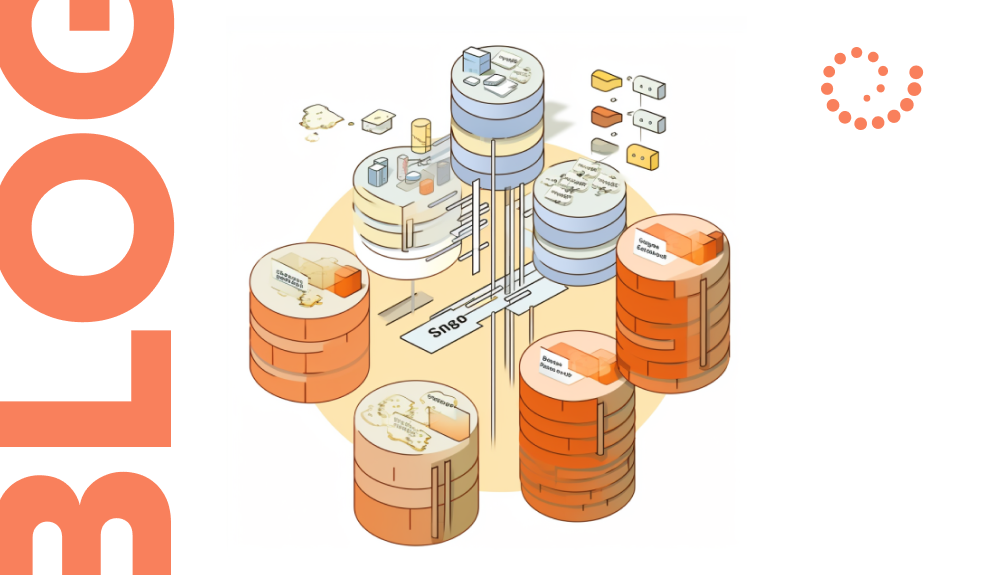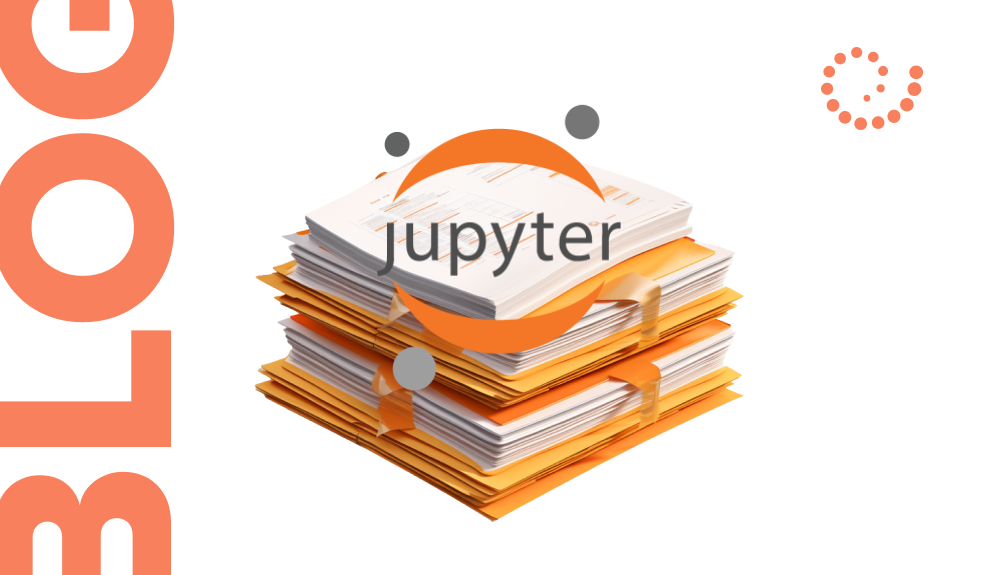
Seller Integration and Catalog Import: Unlocking eProcurement Potential
Alexandr Orlenko | August 17th, 2023
In the realm of eProcurement systems, successful supplier integration and efficient catalog import play a critical role in unlocking the full potential of streamlined purchasing processes. This article delves into the complexities of supplier integration, highlights the importance of supplier catalog import, and shows different ways to integrate to meet the diverse needs of all parties (sellers, buyers, marketplaces, and eProcurement systems). Understanding of the complexity of vendor integration Exploring the diverse landscape of supplier systems The eProcurement landscape is filled with a wide variety of supplier systems, each with its own unique formats, data structures, and integration protocols. So the eProcurement system must provide maximum flexibility, but all efforts must be reasonable, because more options doesn’t mean we’re providing a better solution. We can overcomplicate the system and drown in the technical debt and complexity that comes with heavy legacy code. The Benefits of Importing Seller Catalogs Importing supplier catalogs brings immense benefits to eProcurement systems. By integrating catalogs, organizations gain access to a broad range of products and services offered by suppliers. This results in improved product selection, streamlined purchasing processes, and up-to-date product information, pricing, and availability. Importing supplier catalogs saves time, reduces manual data entry errors, and increases overall operational efficiency. The Flexibility You Need for Successful Integration All vendors want the same thing. They want to expand the number of channels they use to sell their products, with minimal effort to onboard and manage them. Providing an API is the foundation, but it’s not enough to cover the maximum number of incoming sellers. I have defined the following classification of sellers based on my experience: Each group requires special attention and the idea is to avoid trying to support all of them within the system to provide the most efficient way and maximum flexibility to integrate with them. And the company can decide if some of these sellers aren’t customers that the system should focus on, or select some or all of the following options. Options for System Integration and Connectivity User Interface (UI) This solution should work well for small sellers who don’t have their own PIM system, or who offer services or handmade products. It’s useful if it’s a place where you can manage your products and not have to repeat your efforts. But it is all manual effort.Of course, a new system can be ambitious and try to offer some unique and useful functionality that brings customers to the platform even if they already have a PIM system, to unify the user experience and make work easier and better to bring more value. It is really difficult to do that, even if you have a brilliant idea, because it is very expensive to change the current setup. So you have to not only propose ideas, but show real benefits to rapidly increase sales to force them to do it. Connection Script This solution should be good for sellers who already have their own PIM and need something very simple to connect to the system. They can’t integrate with the system themselves and don’t want to pay money to request it or buy a subscription. They are willing to do something manual or semi-automated because they don’t have many products and don’t need to update too often. This script can be provided by the system as a free tool with detailed instructions that can be modified and adopted by the seller if needed. Integration Subscription This solution is for a company that needs full automation. They can purchase a subscription from the integrator. They only need to do the initial configuration and pay a monthly subscription fee. Public API As mentioned before, this must exist somehow if your system isn’t just for small sellers and providing a UI isn’t enough. Customers with an IT department can connect to the system themselves based on this API and documentation. It can be developed by the integrator or a partner if some sellers need the automation and prefer to pay a one-time cost but not a monthly fee. Custom Integration This is the most expensive option and means that the solution is developed for a customer and very specific needs. It could be large sellers who provide an API or sellers who have a very large catalog or need updates between their PIM system and your system very often (let’s say minutes or even as soon as they happen). It must be more stable and reliable for the customer and be as secure as possible. It must use a specific or even dedicated support plan. The end result is what you see in the chart above. All possible ways of integration cost differently, but all of them depend on API. The most expensive in my experience are user interface and custom integrations. But Custom Integrations can be built by partners based on the provided API as we discussed above. Even User Interface can be built by partners if the system is designed in a way that allows building custom applications and putting them in an application store where customers can find them and start using them. Tailoring Solutions to Meet Client Needs It is very important to know who your customer is. It will save you a lot of resources if you focus and develop only solutions that will help you bring more sellers into the system. I had a bad experience in the past when I spent a lot of effort on UI, but unfortunately didn’t get any customers who were really used to it. And this is the most popular problem. But don’t get me wrong, UI is definitely needed and it should provide at least some basic functionality to demonstrate and sell your system. But as you can see above, it may not bring big customers and may not help to make money. And the reasons for building it must be clear. Now I hope you can define the best way to develop your service based on your requirements compared to the

A Fullscale Backend and Frontend System for Data Collection from API, Modbus to MongoDB with Angular Web Interface
Ksenia Nikolaenko | August 14th, 2023
Setronica crafted a backend-frontend system, collecting data from APIs, Modbus to MongoDB. Enables remote control, security & efficient monitoring.

Supplier Catalogs in eProcurement Systems: Domain and Business Models
Alexandr Orlenko | August 4th, 2023
Supplier Catalogs in eProcurement Systems: Domain and Business Models. Discover a universal approach for efficient system construction.

The Three Key Attributes that Summarize DevOps
Ksenia Nikolaenko | July 28th, 2023
The Three Key Attributes that Summarize DevOps — Collaboration, Automation, Continuous Improvement. Uniting success in software development

Optimizing Supplier Catalogs in eProcurement Systems: The Quest for the Perfect Implementation
Alexandr Orlenko | July 27th, 2023
Optimizing Supplier Catalogs in eProcurenet Systems: The Quest for the Perfect Implementation — let’s check a New Approach: Asynchronous and Stateful Processing

Building E-procurement Systems: The Importance of Product Catalogs
Alexandr Orlenko | July 21st, 2023
Discover the transformative power of product catalogs in eProcurement systems. Unveil the seamless integration, challenges faced, and future-proofing strategies to streamline purchasing, reduce costs, and drive procurement excellence. Join us on this exciting journey to revolutionize your procurement landscape.

Deep Dive into eProcurement: New Article Series
Alexandr Orlenko | July 14th, 2023
Deep dive into eProceurement: New Article Series — Stay tuned for expert advice & best practices that empower professionals in the eProcurement industry.

Version Control of Jupyter Notebooks
Anton Bogomazov | June 29th, 2023
Learn how to effectively manage version control for Jupyter Notebooks. Discover tools like nbdime and nbconvert that enable viewing differences, enhancing code review, and streamlining workflows.

What is a Common Misconception About Agile and DevOps
Alisa Zamaraeva | June 7th, 2023
Agile methodologies and DevOps practices have revolutionized the software development landscape, enabling organizations to deliver high-quality products faster and more efficiently. However, there are common misconceptions surrounding these concepts that can lead to confusion and potential misinterpretation. In this blog post, “What is a Common Misconception About Agile and DevOps,” we aim to debunk one such misconception and shed light on the true essence of Agile and DevOps. Misconception: Agile and DevOps are the Same Thing A common misconception is that Agile and DevOps are interchangeable terms, representing the same set of principles and practices. This is far from the truth. While they share certain similarities and are often implemented together, Agile and DevOps serve different purposes within the software development lifecycle. Understanding Agile Agile is an iterative and incremental approach to project management and software development. It emphasizes adaptive planning, collaboration, and continuous improvement. Agile methodologies, such as Scrum or Kanban, break projects into small, manageable increments or iterations, promoting flexibility and responsiveness to change. Agile empowers development teams to prioritize customer needs, deliver incremental value, and gather feedback throughout the development process. Exploring DevOps DevOps, on the other hand, is a cultural and collaborative approach that bridges the gap between development and operations teams. It focuses on breaking down silos and fostering seamless collaboration, communication, and automation throughout the software development lifecycle. DevOps aims to improve the speed, stability, and reliability of software delivery, enabling organizations to respond quickly to market demands. Key practices include continuous integration, continuous delivery/deployment (CI/CD), infrastructure as code (IaC), and monitoring and feedback loops. The Key Distinction While Agile and DevOps share the common goal of delivering high-quality software efficiently, their focus differs. Agile focuses on project management and development processes, promoting adaptive planning and iterative development. DevOps, on the other hand, emphasizes collaboration and integration between development and operations teams, streamlining the deployment and operational aspects of software. The Synergy Together, Agile and DevOps form a powerful synergy. Agile methodologies drive the development process, allowing for iterative feedback and customer focus. DevOps practices automate and streamline the deployment and operations aspects, ensuring faster and more reliable software delivery. Together, they create an environment that fosters continuous improvement, rapid iteration, and improved customer satisfaction. In this blog post, we addressed the common misconception that Agile and DevOps are the same. By highlighting their unique roles and areas of focus within software development, we provide insights to help organizations realize their full potential. Adopting these practices under the guidance of dedicated DevOps specialists can transform software development, increase efficiency, and drive business success. Related posts Let’s start building something great together! Contact us today to discuss your project and see how we can help bring your vision to life. To learn about our team and expertise, visit our ‘About Us‘ webpage.

Anemic Domain Model Anti-Pattern
Anton Bogomazov | June 2nd, 2023
Avoid the Anemic Domain Model anti-pattern: learn its drawbacks, violations of OOD principles, and strategies to build cohesive domain models.
Recent Posts
- Rapid Hypothesis Testing for Driver Retention in Delivery Service
- How Setronica Created an AI Slack Bot, Part 3: Putting Our Bot to Work
- Building a Reliable Monthly Accrual Report: Overcoming Challenges and Implementing Solutions
- From Chaos to Clarity: Transforming Promo Code Management
- How to Scale a Delivery Platform to Market Leadership
